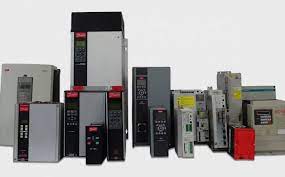In the realm of modern electrical appliances and power systems, the innovation of inverter technology stands as a pinnacle of efficiency, transforming the way we convert and utilize electricity. This groundbreaking Frequenzumrichter Danfoss SEW Lenze Siemens reparieren lassen has revolutionized power conversion, ushering in a new era of energy efficiency, reliability, and versatility across various industries and everyday applications.
Understanding Inverter Technology
At its core, an inverter is an electronic device designed to convert direct current (DC) into alternating current (AC). It operates through a complex mechanism that involves the modulation of voltage, frequency, and waveform to produce a seamless AC output. Unlike conventional systems that solely convert DC to AC with fixed settings, inverters excel in their ability to dynamically adjust output based on the load requirements, resulting in optimized performance and reduced energy wastage.
The Mechanism Behind Inverter Functionality
Inverter technology operates through a series of electronic components, including semiconductor devices such as insulated-gate bipolar transistors (IGBTs) or metal-oxide-semiconductor field-effect transistors (MOSFETs). These components facilitate the precise modulation of voltage and frequency, enabling inverters to produce clean and stable AC power.
One of the key features of inverter technology is its capability for pulse width modulation (PWM). This technique involves varying the width of pulses in the waveform to regulate the output voltage. Through PWM, inverters achieve a smoother and more controlled power output, minimizing voltage fluctuations and harmonic distortions.





More Stories
Artificial intelligence (AI) is another game-changer
More to Life Than Weights and Cardio Machines
Information Technology Training Programs